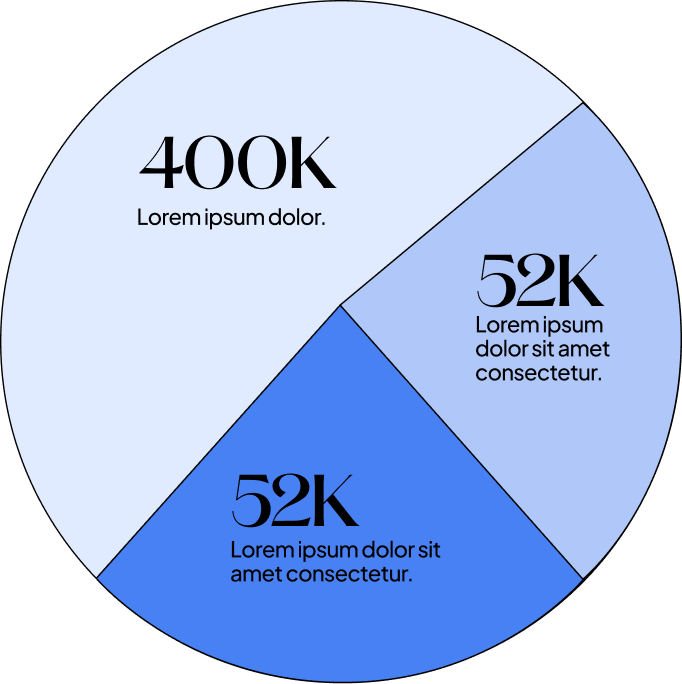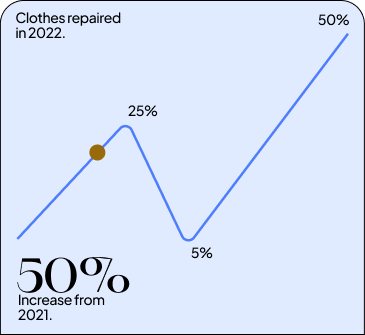null
Circularity
What we do to make sure clothes are worn.
Overview
The circular economy is a model of production and consumption that aims to extend the life-cycle of a product (this could be through sharing, reusing, repairing or recycling) to minimise waste. In the fashion industry unsold items are made and never worn before being destroyed, burnt or wasted.
The number of garments
produced annually has doubled since 2000 (Fashion Revolution). XX% of these clothes will be sold and not worn. Take returned fashion items as example, 43 billion kilograms of returns ended up in landfill in 2022 alone (Business Insider).
Otrium exists to make sure all clothing is worn, not wasted.
We take unsold and end-of-season items and give them another chance to find a home, by offering touch-ups, new photography and a new audience. The first step to
a circular economy is stopping items going straight from production to landfill.
Milan Daniels, Otrium’s co-founder: “When we started Otrium, we didn’t just want to create a company, we wanted to start a movement. We wanted every item of clothing produced to be worn.
What Otrium did about this
Otrium found 5,411,574 items of clothing, a new home by selling them to a new owner.

Going one step further, we quantified the (CO₂) and waste avoided by our off-price business model of connecting customers with unsold stock from fashion brands.
The 5,411,574 items sold through Otrium in 2022 prevented at least XXktCO2e and XXkt of waste. That’s the equivalent to [carbon example] and [waste example].
By providing brands with a profitable route to dispose of their unsold stock.

FUTURE
FUTURE
Looking to the future
Report
Build a CO2 dashboard (powered by Vaayu) to monitor data in real time, as opposed to annually.
Set approved Science Based Targets.
Reduce
Pilot collaboration with couriers with a lower carbon footprint to reduce our last mile logistics impact.
Roll out fit-to-size packaging to optimise space during transport.
Remove
Remove our carbon footprint for the year 2021.